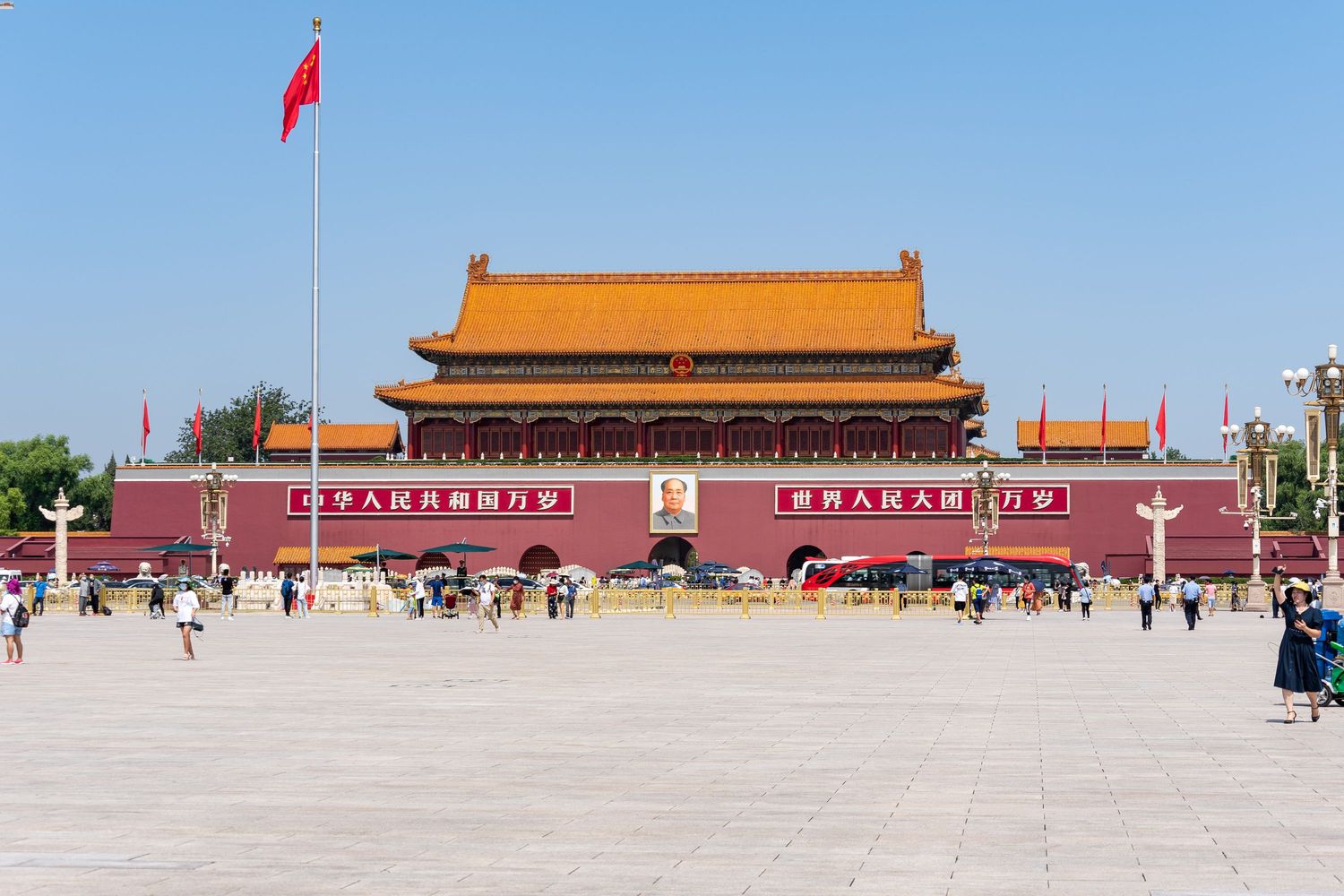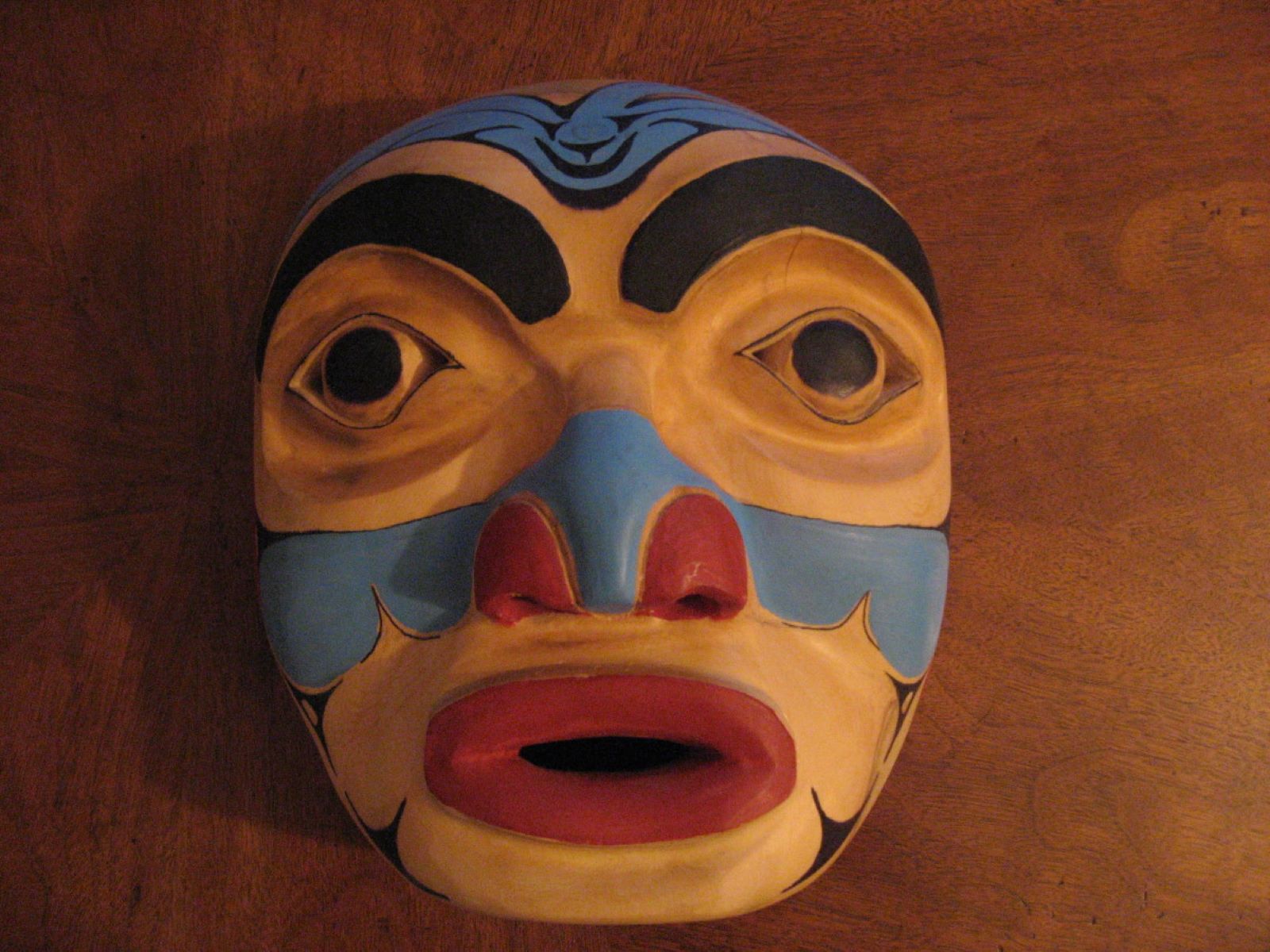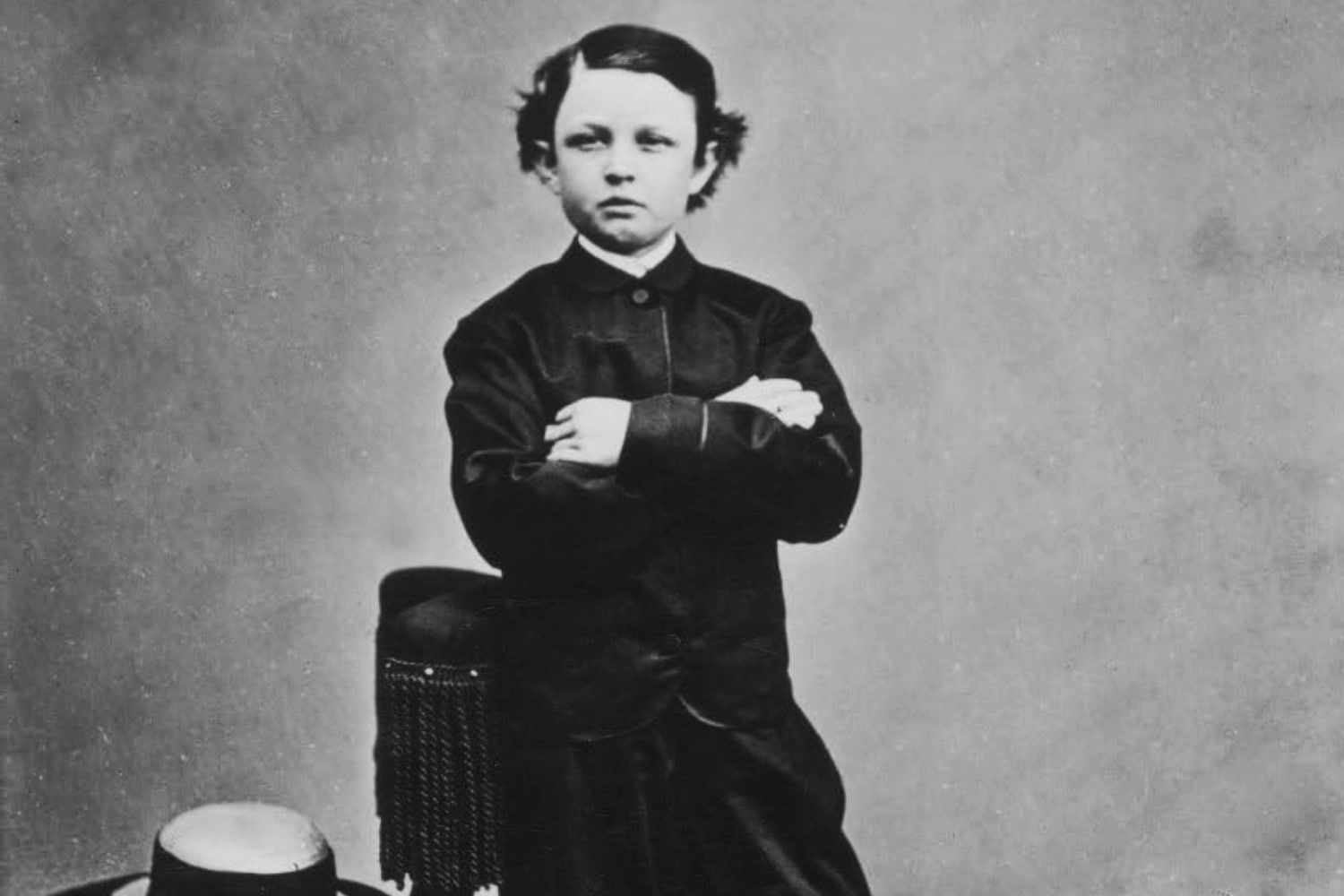
Tiananmen Square, located in the heart of Beijing, China, is one of the most iconic and historically significant public spaces in the world. Spanning 215,730 square meters, it has been the backdrop for pivotal moments in Chinese history, from the proclamation of the People's Republic of China in 1949 to the tragic events of 1989. This vast square, flanked by landmarks like the Great Hall of the People and the National Museum of China, symbolizes both the nation's revolutionary past and its ongoing struggle for democracy and human rights. But what makes Tiananmen Square so significant? Let's explore 50 fascinating facts about this monumental site.
Key Takeaways:
- Tiananmen Square, located in Beijing, China, is a historic and massive public space with important buildings and monuments. It has witnessed pivotal events in Chinese history, including the founding of the People's Republic of China.
- In 1989, Tiananmen Square was the site of student-led protests for freedom and democratic reforms, which led to a brutal military crackdown. The international community was shocked, and it strained relations with China.
Location and Name
Tiananmen Square, situated in the heart of Beijing, China, is a place of immense historical and cultural significance. Named after the Tiananmen Gate, it translates to "Gate of Heavenly Peace."
- Tiananmen Square is located in the center of Beijing, China.
- The square is named after the Tiananmen Gate, which means "Gate of Heavenly Peace."
- The Tiananmen Gate separates the square from the Forbidden City, the former imperial palace.
Size and Layout
Covering a vast area, Tiananmen Square is one of the largest public squares in the world. Its layout is designed to accommodate massive gatherings.
- The square measures 765 meters by 282 meters.
- It covers an area of 215,730 square meters, or about 53.31 acres.
- Important buildings like the Great Hall of the People and the National Museum of China flank the square.
Historical Significance
Tiananmen Square has been a witness to numerous pivotal events in Chinese history, making it a symbol of the nation's political and social changes.
- The square has hosted significant events since its creation.
- Mao Zedong proclaimed the People's Republic of China here on October 1, 1949.
- The Tiananmen Gate was originally built in 1417 during the Ming dynasty.
Mao's Vision
Mao Zedong envisioned Tiananmen Square as a grand space that could hold massive gatherings, reflecting the power and unity of the nation.
- In 1958, Mao initiated a major expansion of the square.
- The expansion aimed to make it the largest and most spectacular square in the world.
- The square was enlarged fourfold in the 1950s.
Monument to the People's Heroes
This monument stands as a tribute to the revolutionary history of China, symbolizing the sacrifices made by the people.
- The Monument to the People's Heroes is located on the southern edge of the square.
- It was erected as part of the Ten Great Buildings constructed between 1958 and 1959.
- The monument commemorates the ten-year anniversary of the People's Republic of China.
Great Hall of the People
A massive building on the west side of the square, the Great Hall of the People serves as a venue for important political gatherings.
- The Great Hall of the People is located along the west side of the square.
- It serves as the venue for the National People's Congress.
- The building hosts other significant political events.
National Museum of China
This museum on the eastern side of the square showcases China's rich cultural heritage and history.
- The National Museum of China is dedicated to Chinese history predating 1919.
- It houses a vast collection of artifacts and exhibits.
- The museum highlights China's cultural heritage.
Mausoleum of Mao Zedong
Located at the center of the square, this mausoleum is a place of pilgrimage for many Chinese citizens.
- The Mausoleum of Mao Zedong is a significant landmark in the square.
- Mao Zedong's body is preserved here.
- It attracts many visitors who come to pay their respects.
Proclamation of the People's Republic
The proclamation of the People's Republic of China in Tiananmen Square marked a significant turning point in Chinese history.
- Mao Zedong proclaimed the founding of the People's Republic of China on October 1, 1949.
- This event is celebrated annually.
- The proclamation marked a new era in Chinese history.
May Fourth Movement
Tiananmen Square has been the site of several important protests, including the May Fourth Movement in 1919.
- The May Fourth Movement was a student-led protest against the Treaty of Versailles.
- Many Chinese felt the treaty unfairly treated their country.
- The movement highlighted the growing discontent among the Chinese people.
Tiananmen Incident (1976)
Following the death of Zhou Enlai, protests broke out in Tiananmen Square, highlighting the growing discontent among the Chinese people.
- Protests erupted in Tiananmen Square in 1976 after Zhou Enlai's death.
- The government eventually suppressed these protests.
- The incident underscored the public's dissatisfaction.
1989 Protests
The most infamous event in Tiananmen Square's history occurred in 1989, when student-led demonstrations demanded greater freedom and democratic reforms.
- Student-led demonstrations began on April 15, 1989, in response to Hu Yaobang's death.
- The protests called for greater freedom of speech and democratic reforms.
- The movement also demanded an end to corruption.
Goddess of Democracy
In a show of defiance, protesters erected a statue symbolizing their aspirations for democracy.
- Protesters erected a 30-foot statue called the Goddess of Democracy.
- The statue was modeled after the Statue of Liberty.
- It symbolized the pro-democracy movement.
Government Response
The Chinese government's response to the protests evolved from conciliatory measures to a brutal military crackdown.
- Initially, the government responded with conciliatory measures.
- Hardline leaders like Li Peng and Deng Xiaoping eventually took control.
- Martial law was declared on May 20, 1989.
Military Crackdown
The military launched a brutal crackdown on the protesters, resulting in a significant loss of life.
- On June 3–4, 1989, the military launched a crackdown on the protesters.
- Tanks and heavily armed troops advanced into the square.
- The crackdown resulted in numerous deaths and injuries.
Death Toll
The exact number of casualties remains unknown due to the Chinese government's efforts to conceal the true extent of the violence.
- Estimates of the death toll range from several hundred to several thousand.
- The Chinese government has concealed the true extent of the violence.
- The exact number of casualties remains unknown.
International Reaction
The international community was shocked by the events in Tiananmen Square, leading to strained relations and economic sanctions.
- Western journalists and diplomats provided live coverage of the protests.
- The incident strained U.S.-China relations and led to economic sanctions against China.
The Lasting Impact of Tiananmen Square
Tiananmen Square stands as a powerful symbol of China's complex history. From the proclamation of the People's Republic in 1949 to the tragic events of 1989, this vast public space has witnessed moments that shaped the nation. The Monument to the People's Heroes, the Great Hall of the People, and the Mausoleum of Mao Zedong all add layers of historical and cultural significance. Despite the Chinese government's efforts to control the narrative, the square remains a focal point for discussions on democracy and human rights. Internationally, the Tank Man image continues to inspire resistance against oppression. Tiananmen Square is more than just a location; it's a testament to the enduring spirit of those who seek change. As we reflect on its past, we also look to its future, hoping for a day when it can fully embody the ideals of freedom and peace.
Frequently Asked Questions
Was this page helpful?
Our commitment to delivering trustworthy and engaging content is at the heart of what we do. Each fact on our site is contributed by real users like you, bringing a wealth of diverse insights and information. To ensure the highest standards of accuracy and reliability, our dedicated editors meticulously review each submission. This process guarantees that the facts we share are not only fascinating but also credible. Trust in our commitment to quality and authenticity as you explore and learn with us.


